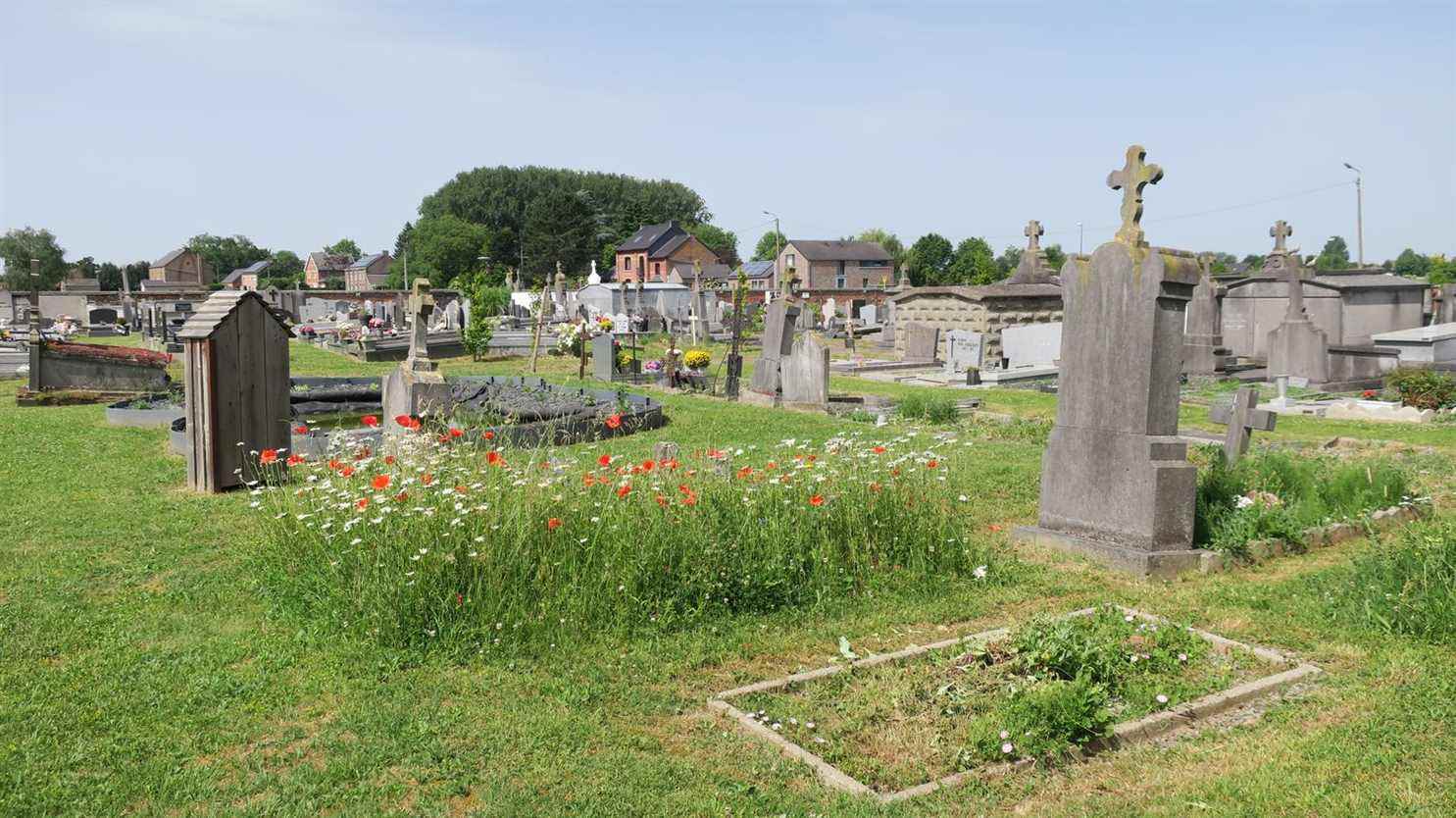In Belgium as in France, the revegetation of cemeteries, their partial grassing, their different management are linked to the ban on the use of phytosanitary products since 2019. But not everything can be done in a snap, it is even much more complicated than it sounds …

We must sow grass but not everywhere, maintain but not just any old way, and rally to this new management, visitors to cemeteries who are a little confused. For 5 years, Mélanie Appledoorn, landscape architect for the Walloon region, has been supporting the municipalities in this transition:
“In the recent past, the municipalities were content to maintain cemeteries once a year. Now, they are forced to find alternatives since we can no longer use phytosanitary products for maintenance.
One of the solutions proposed to limit maintenance is to vegetate and grass certain paths in cemeteries. We do not grass all the alleys, only the secondary ones. The main ones remain in gravel to allow access to vehicles of maintenance services, funeral directors or marble workers. “
“The plants used for weeding must be particularly resistant to trampling, and especially to drought.”
Mélanie Appeldoorn, landscape architectto franceinfo
It is therefore botanists who help to compose the mixtures intended for the weeding. Slow-growing dwarf clover is found there, which is well resistant to trampling.
The staff responsible for the upkeep of Walloon cemeteries must also learn to work differently. We must manage the mechanical weeding of gravel surfaces, train staff and not all municipalities necessarily have the financial means.
This new way of maintaining cemeteries is not always well received by visitors: “At the beginning, the citizens are very surprised. Some are even dissatisfied. At the beginning, the grass cover is not homogeneous, it is not always very beautiful.
We must also make them understand the need to change their habits. For example, they can no longer put planters anywhere. They must absolutely be placed on the concessions to facilitate the work of the municipal workers. These are actions that can catch visitors off guard. “
“It takes two to three years for the population to understand the process and the issues.”
Melanie Appledoornto franceinfo
This new management allows in Belgium as in France the return of green and biodiversity in cemeteries. Like the old landscaped cemeteries such as Père-Lachaise in Paris, the cemetery of the East in Lille or the natural cemetery of Souché in Niort.
